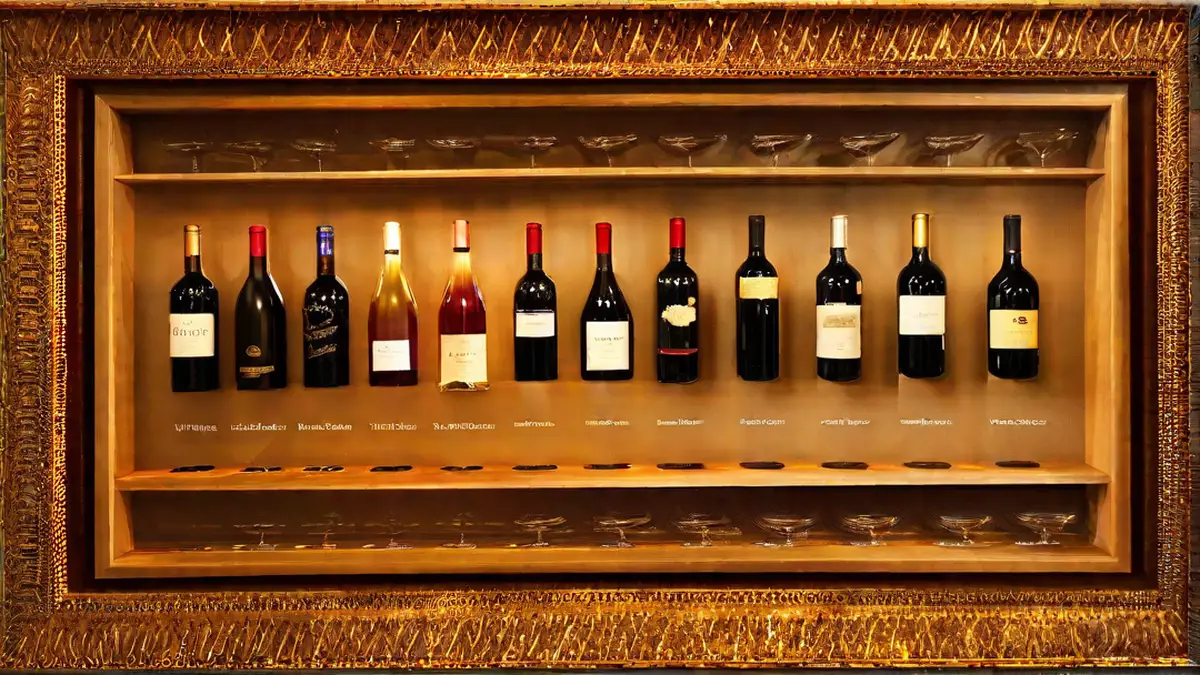In the world of wine, the fermentation process stands out as a particularly fascinating phenomenon. As someone passionate about wine and constantly learning, I find the complexity and creativity involved in this transformation truly captivating. Thus, I’m excited to take you on a journey through the detailed process of wine fermentation, exploring the science behind it, its impact on taste, and the magic it adds to each bottle.
First and foremost, let’s establish what fermentation actually is. In simple terms, fermentation is a natural metabolic process where yeast consumes sugar and converts it into alcohol, carbon dioxide, and heat. It is this process that gives wine its alcoholic content, bubbles in sparkling wines, and a range of flavors and aromas.
A key player in the fermentation process is yeast. Yeast is a microorganism that is naturally present on grape skins. When the grapes are crushed, these yeasts come into contact with the grape juice, initiating fermentation. Traditionally, winemakers relied on wild yeast for fermentation, but nowadays, many winemakers use cultivated yeast strains to have more control over the process and ensure consistency in the final product.
Once fermentation begins, the yeast consumes the sugar in the grape juice, breaking it down into alcohol and carbon dioxide. This metabolic process produces heat, which is why you might sometimes see the must (the juice and grape solids) bubbling and fermenting vigorously.
Now, let’s delve into the flavors that fermentation brings to wine. During fermentation, various compounds are created and transformed, contributing to the complex flavor profile of the finished wine. These compounds include esters, which add fruity and floral aromas, as well as aldehydes, which can contribute to nutty or spicy notes. The length and temperature of fermentation can also greatly impact the flavors and aromas that develop in the wine.
Another fascinating aspect of fermentation is the effect of different yeast strains on the final product. Each yeast strain has its own unique characteristics, and winemakers carefully select strains that will enhance the desired flavors and aromas of the wine. Some yeast strains may produce wines with vibrant fruit flavors, while others may result in more earthy or savory notes. This gives winemakers the ability to create a wide range of wine styles, ensuring that there is something to suit every palate.
It’s important to note that fermentation is not only crucial for the production of still wines but also plays a significant role in the creation of sparkling wines. In the case of sparkling wines, a secondary fermentation occurs either in the bottle (as in the traditional method) or in a pressurized tank (as in the Charmat method). This secondary fermentation produces the delightful bubbles we associate with sparkling wines, making them effervescent and celebratory.
In conclusion, the process of fermentation is truly the heart and soul of winemaking. It is a delicate dance between yeast, sugar, and time, resulting in the beautiful wines that we all enjoy. Whether it’s a rich and full-bodied red or a crisp and refreshing white, the flavors and aromas that fermentation brings to wine are nothing short of magical. So, the next time you savor a glass of wine, take a moment to appreciate the intricate journey it took from grape to bottle, and raise a toast to the wonders of fermentation!




